Chemicals can contaminate our water, land, or air by accident or on purpose from industrial, commercial, and residential activities. These contaminants can enter the air we breathe, the water we drink, the food we eat, and the places where we live, work, and play.
When a person breathes, swallows, or touches a contaminant, it’s called exposure.
Health Risks
Environmental contaminants can make people sick. Different contaminants can cause a variety of health problems. Common health problems from environmental contaminants include breathing problems (such as asthma), heart disease, and some types of cancer. However, it is important to know that simply being exposed to a hazardous substance does not mean that a person will experience health effects. There are many factors that can impact if a person will get sick, including how long they were exposed, the amount they were exposed to, genetics, other health conditions, and their age.
Populations at Risk
While anyone can be exposed to environmental contamination, some people are more likely to experience health effects. Children, people who are pregnant, and people who have existing diseases are at higher risk of health problems following an exposure. People with low income or who are Black, Indigenous, or people of color are more likely to be exposed to environmental contamination since they are more likely to live in locations with more pollution.
Through a cooperative agreement with the Center for Disease Control’s Agency for Toxic Substances and Disease Registry, the Environmental Health Risk Assessment Program assesses human exposures to chemicals in the environment, educates the public on health measures to reduce those exposures, and responds to inquiries from the public about environmental health concerns.
